The editor previously wrote an article about the efforts made by the 2022 Qatar World Cup for carbon neutrality (click to revisit → industry information丨Working together, it may make the 2022 World Cup the first carbon neutral World Cup), which mentioned the Lucerpillar Polymer plastic commemorative banknote, which left a deep impression on the editor. In the past, when we were ridiculing, we would often say: "No matter how good you are, can you turn it into money?" "I didn‘t expect this sentence to be used on plastic, and it really can, plastic can indeed be used to make banknotes."
What is a plastic banknote
The substrate made of this special polypropylene film is fiber-free, void-free, has outstanding tensile strength and excellent durability. In addition, the surface of the substrate is coated with a special protective coating, and the performance of waterproof, moisture-proof and anti-fouling is also excellent.
1
The difference between plastic banknotes and banknotes
The biggest and most essential difference between plastic banknotes and banknotes is that there is a transparent window that paper banknotes can not have, this feature is cotton fiber paper banknotes can not be copied, so it has evolved into the most anti-counterfeiting security features of plastic banknotes, so the security features used in plastic banknotes, most of them are the use of transparent window characteristics as the focus of security research and development, in recent years these anti-counterfeiting technologies are also based on optical anti-counterfeiting, including anti-counterfeiting holographic film.
2
Which countries issue plastic banknotes
For those countries with humid climates, these banknotes will not be damaged by water, so once invented, this new type of banknote has been issued and used in many countries and regions. At present, although more than 30 countries in the world have used plastic banknotes, even 7 countries have all replaced their currency from paper money to plastic banknotes.
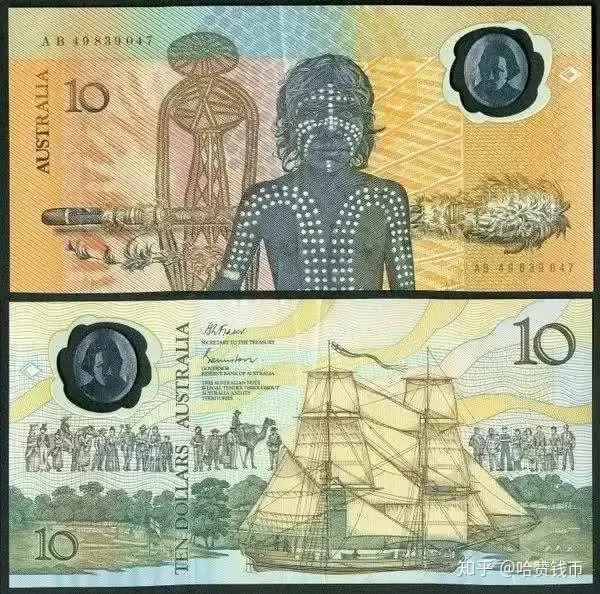
The world‘s first plastic banknote issued by Australia in 1988
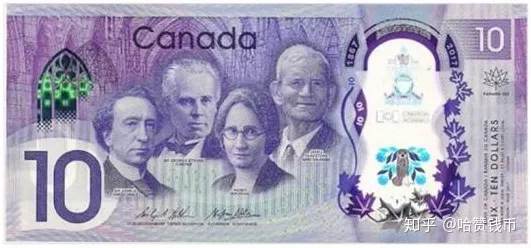
Canadian Independence 150th Anniversary Banknote
China has also issued commemorative banknotes made of plastic, of which the 2000 commemorative banknote for the new century is the only plastic conjoined commemorative banknote issued by the central bank. The production process of plastic banknotes is extremely complex, and the advent of the new century conjoined commemorative banknote marks that China‘s banknote printing technology has truly ranked among the forefront of the world. As China‘s first set of plastic banknotes, dragon banknote double can be called the finest of the boutique, whether it is the theme of the millennium, or the dragon totem on the ticket, the first time in the history of Chinese banknote printing to use a variety of exquisite anti-counterfeiting technology dragon banknote has a very high ornamentation and huge appreciation space.
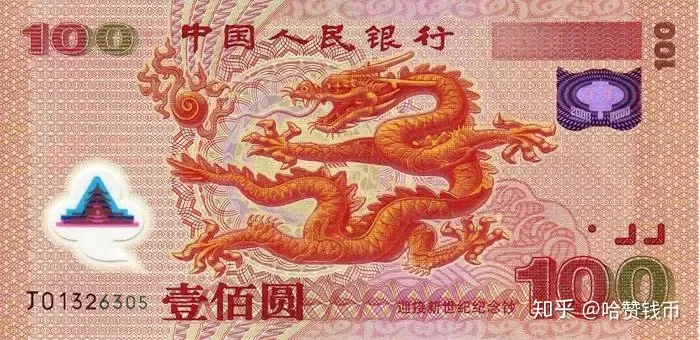
2000 China - Welcome to the New Century Commemorative Banknote
In addition to dragon banknotes, there are two other plastic banknotes in our country. They are the New Taiwan dollar 50th anniversary plastic commemorative banknote and the Hong Kong 10 yuan plastic banknote. In 2007, Hong Kong began issuing HK$10 plastic banknotes.

2007 Hong Kong $10 banknote in circulation
On December 21, 2021, China issued the Winter Olympic Commemorative Banknote, which is the first plastic banknote with completely independent intellectual property rights in China and the first self-developed plastic banknote by Asian countries.
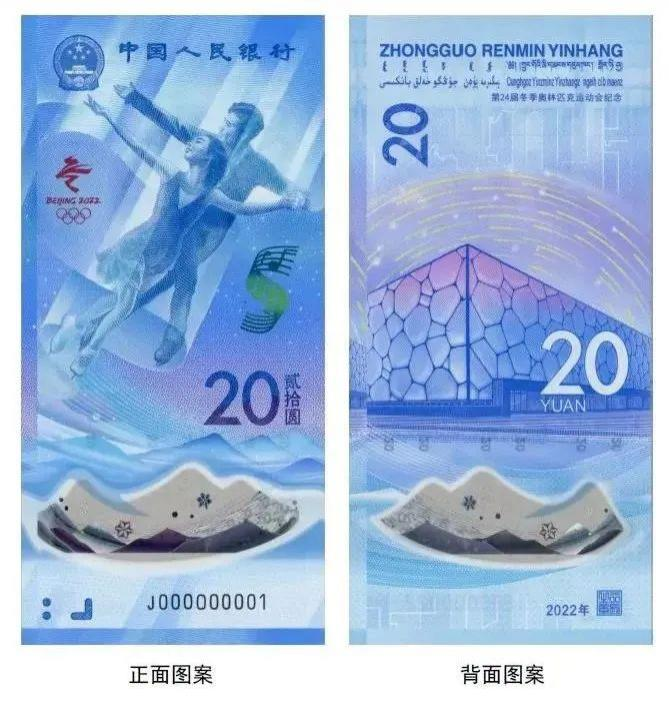
Winter Olympics commemorative banknote
3
Why plastic banknotes are not commonly used
Banknotes are made of cotton and linen fibers, have a short service life, can no longer be used after recycling, can only be destroyed, or become industrial waste, and some are processed into pulp for papermaking. Plastic banknotes can also be recycled after recycling, can be processed into small pieces of plastic sheets, and then made into recycled plastic raw materials and then processed into garbage cans and other plastic products, with good environmental protection. With such excellent characteristics, why has it not been implemented on a large scale under the country‘s current "dual carbon" strategy?
First of all, because the printing technology is quite high, it is difficult for ordinary countries to master, and the plastic banknotes that may be produced are easy to fade. Plastic banknotes are also not as easy to fold as paper money, and if folded, they are difficult to recover, which is a nuisance for those who like to use folding wallets. It is also too smooth and inconvenient to count. The identification and counting of plastic banknotes require a set of special equipment, and if you replace banknotes, you need to invest a huge amount of money to update the equipment. Plastic banknotes have poor high temperature resistance and are easy to deform or even melt when exposed to high temperatures.
And most importantly, do you still take money with you when you go out now? Now it‘s the world of mobile payment!
But then again, China‘s current core technology for making plastic banknotes is not yet mature, and perhaps with technological innovation and the development of the times, it is not impossible for plastic banknotes to replace electronic payments. At present, what we can do as a new material company is to strive to make our products high-quality and excellent, maybe one day we can play a big role?
4
Topcentral®
PloyPoy™rPP
Material solutions
rPP (PloyPoy™) from Topcentral®, color includes but is not limited to natural color, black, white, etc., can provide a full range of customized system solution innovation solutions according to customer needs.
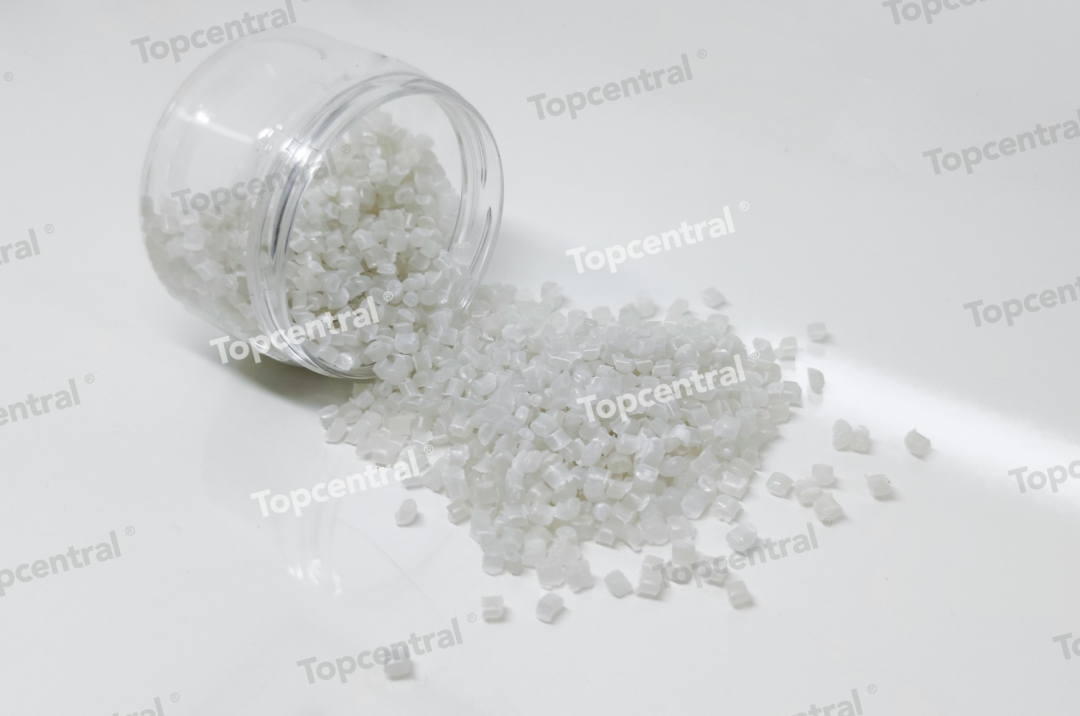
PloyPoy™rPP
Product characteristics
♦ Good chemical resistance, stable mechanical properties, good processing performance, can realize the traceability of the whole industrial chain;
♦ It can provide carbon footprint data and certification, reduce carbon emissions by more than 70%, and some products can achieve "zero" carbon [cradle to gate];
♦ The products comply with RoHS/REACH/FDA standards and pass GRS/TUV/OBP/SCS Globa l/Oceancycle®plastic certification;
♦ It can provide relevant data and certification such as carbon footprint and carbon emission accounting;
♦ According to customer customized requirements, we can provide a full range of customized system solution innovative solutions.
Product brand
TC Post-Consumer Recycled®;
TcycleGP®;
PloyPoy™;
Oceancycle®;
FreeCBO2® (“zero” carbon product);
Typical products

Application direction:
Products are suitable for blow molded products such as cosmetic bottle bodies, extruded film/plates, various injection molded parts and other fields.

-END-








